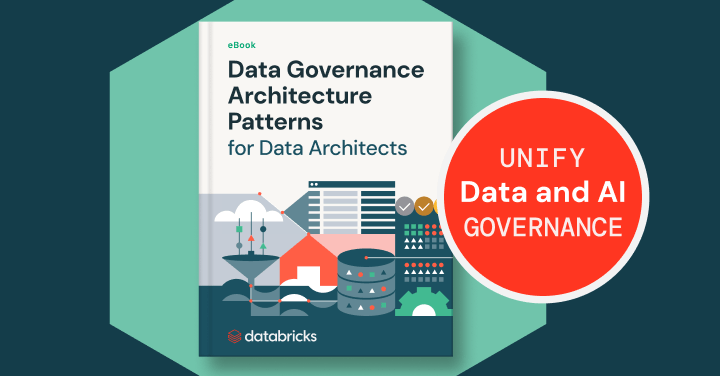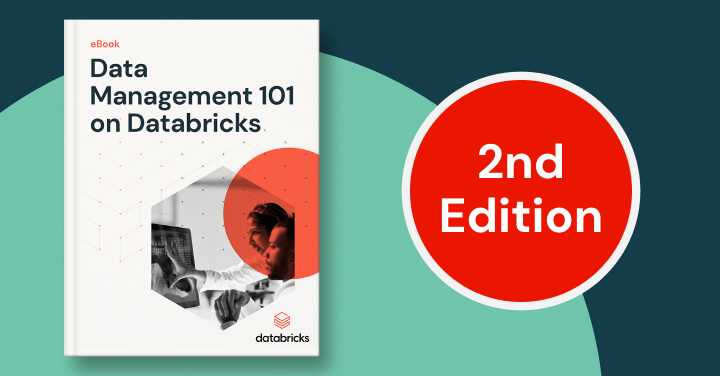Data Governance vs. Data Management

What is the difference between data governance and data management?
The terms data governance and data management are often used interchangeably, but they serve different purposes. Data governance sets rules and policies around the use of data, while data management refers to how data is handled and used according to governance rules. In other words, think of data management as the technical implementation of your data lifecycle, in accordance with your data governance strategy.
Though distinct, data governance and data management work together to create key pillars of an organization’s long-term data strategy. They ensure data quality standards and help create a solid foundation of data to provide trustworthy insights.
Here’s more to explore
What is data management?
Data management involves the day-to-day, technical and operational processes that ensure data is properly collected, stored, maintained and made accessible to users. Data management policies are essential for collecting and analyzing complex datasets, and good policies can provide leaders with valuable insights to make high-quality decisions.
Data management follows an overarching data governance, and the strategies cover the entire lifecycle of your data, from determining how data is structured and managed, to the ongoing maintenance of good data and the plan for maintaining data quality as your data and uses change. Some of the ways good data management practices appear in an organization include the following:
Data architecture: This framework determines how data is structured and managed within an organization, including models, policies, standards and rules.
Data modeling: This is a demonstration of how data flows through an application or organization to help users understand the data structure.
Data ingestion: Proper data management will also need to account for data ingestion into pipelines. This usually involves processing data to fix errors, remove duplicates and combine datasets.
Data cataloging: By creating an inventory of your data resources, you can make them more searchable and enable collaboration between users.
Data storage: Organizations tend to use a data warehouse, a database, a data lake or a data lakehouse. Your data management strategy determines the most suitable storage solutions for your business or organization given the complexity and type of data.
Data optimization and maintenance: The process of optimizing data is ongoing. As your data and use changes over time, data must continually be optimized to maintain peak analytic performance.
Data management strategies are more important than ever. As the complexity and amount of data increases, so does the importance of implementing a strategy to organize and analyze large amounts of data for analytics, BI and AI workloads across your organization. The benefits include:
Efficiency and integrity. Good data management leads to streamlined processes and data integrity. Processing data efficiently ensures that data is well organized and free from duplication or errors.
Reliability and accuracy. Implementing thorough data management procedures and automating workflows ensures that you are working with optimal datasets. As more companies leverage AI and analytics tools across their organizations, it’s crucial to have up-to-date, accurate information to provide greater insights.
Scalability and recovery. Another advantage of data management is that it can help your business scale. With better visibility and reliable data, you can quickly make decisions, respond to changes and seize new opportunities. You’ll also have more insight into customer preferences, and you can demonstrate your growth and potential to new investors.
Good data management also includes robust backup and recovery strategies. These strategies ensure that you can retrieve your critical data quickly and minimize downtime in the event of a cyberattack or a system failure.
What is data governance?
If data management refers to the day-to-day operations of handling an organization’s data, data governance refers to the overarching framework of policies, standards and procedures that define how data should be stored and managed within the organization. Data governance is the process of defining data ownership, roles and responsibilities for data management within the organization, and enforcing data policies and procedures.
In other words, if data management is the tool to build a house, data governance is the blueprint.
Good data governance is aligned with your overall business strategy, and provides data management, quality, visibility, security and compliance capabilities at every level of your organization. Strong data governance policies can determine how to leverage raw data assets and turn those insights into a competitive advantage that builds customer loyalty and drives revenue.
The key elements of data governance include the following:
Data discovery. The first step in any governance process, data discovery helps organizations make sense of the data they’ve collected, and transform that data into useful insights to guide overall business strategy. This can mean analyzing data for useful patterns or trends, or discovering relationships in the data to provide better insights.
Data quality. A decision is only as good as the data on which it is based, and data quality is a key aspect of effective data governance. By developing data quality rules, organizations prioritize key data quality attributes such as accuracy, completeness, freshness and compliance. Additionally, data governance ensures you can trace data lineage and track any potential changes.
Data classification. Data classification is the process of categorizing data based on its sensitivity, value and importance. A governance strategy helps an organization classify and identify data based on risk level and can help mitigate and apply necessary security measures and policies.
Data security. Data security policies promote the safety and security of your data and can protect your organization from unauthorized access. This can include adding security protocols like encryption and data anonymization to guard against cyberattacks, or only keeping necessary customer information and maintaining records of their consent, ensuring compliance with data privacy laws and industry-specific regulations.
Data lineage. An essential pillar of data governance is employing data lineage to help understand data sources and consumption. This automated process captures relevant metadata and events throughout data’s lifecycle, giving users better insight into any data errors while making the system audit-ready without the cost of developing a manual audit trail.
Data transparency. A governance strategy that promotes data transparency can build trust, accountability and better decision-making across your organization. Open and clear data governance procedures promote better collaboration across teams and ensure that everyone adheres to the same governance policies. It can also help identify compliance issues, encouraging an overall culture of data stewardship and compliance.
Access controls. An important part of any data governance strategy is ensuring that data is used and accessed appropriately and securely. This includes defining roles and responsibilities for those who have access to data and establishing processes and procedures for granting and revoking access to data. Strong access controls help protect sensitive data while giving users more relevant and applicable data to their roles and responsibilities.
Data auditing. Regular data auditing ensures data security, compliance and accountability while protecting an organization from data misuse, such as data breaches or regulatory noncompliance. Audits can also be useful to identify ways governance strategies must shift or evolve in light of new data or processes within an organization. By enforcing data auditing procedures, organizations can also promote and maintain customer trust by ensuring the ongoing protection and care of sensitive data.
An organization cannot employ a data management strategy without also having good data governance. While distinct in their purviews, data governance and data management work in tandem to provide an organization with a framework and tools for handling every step of the data lifecycle.


